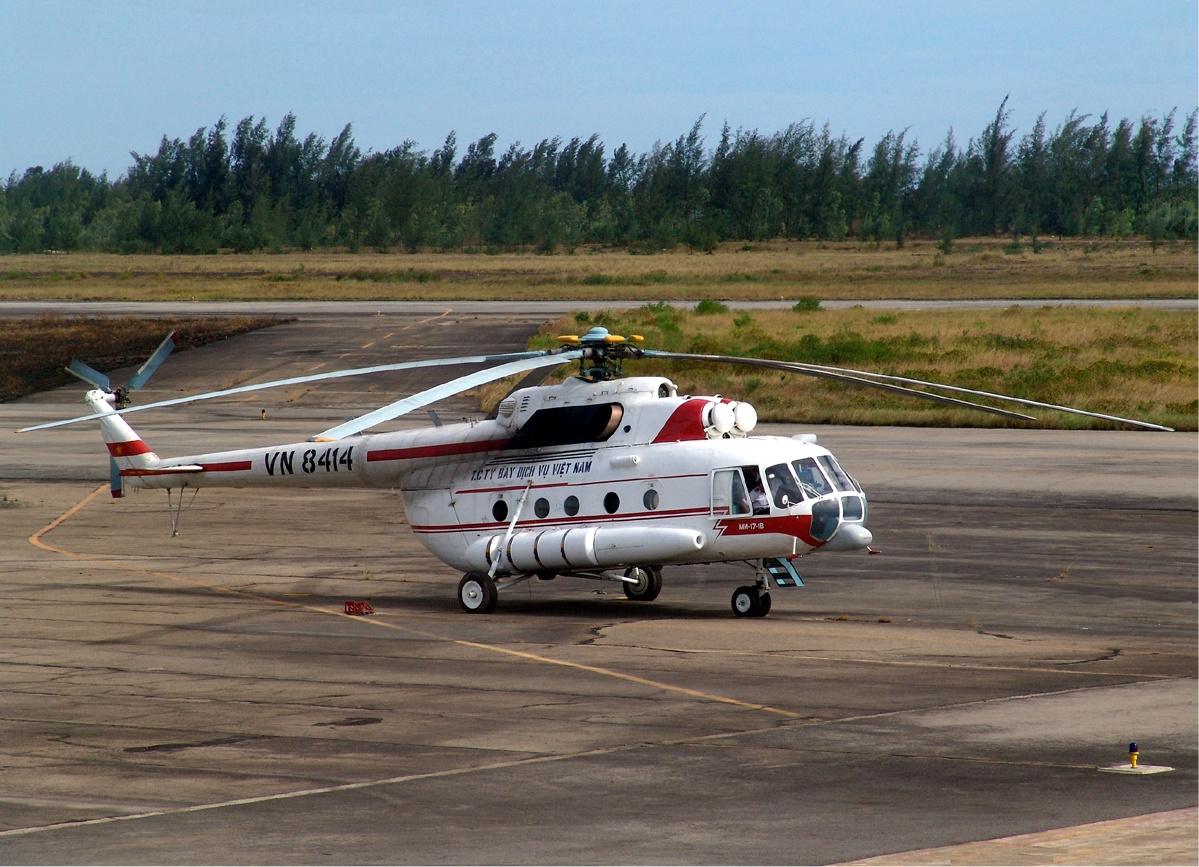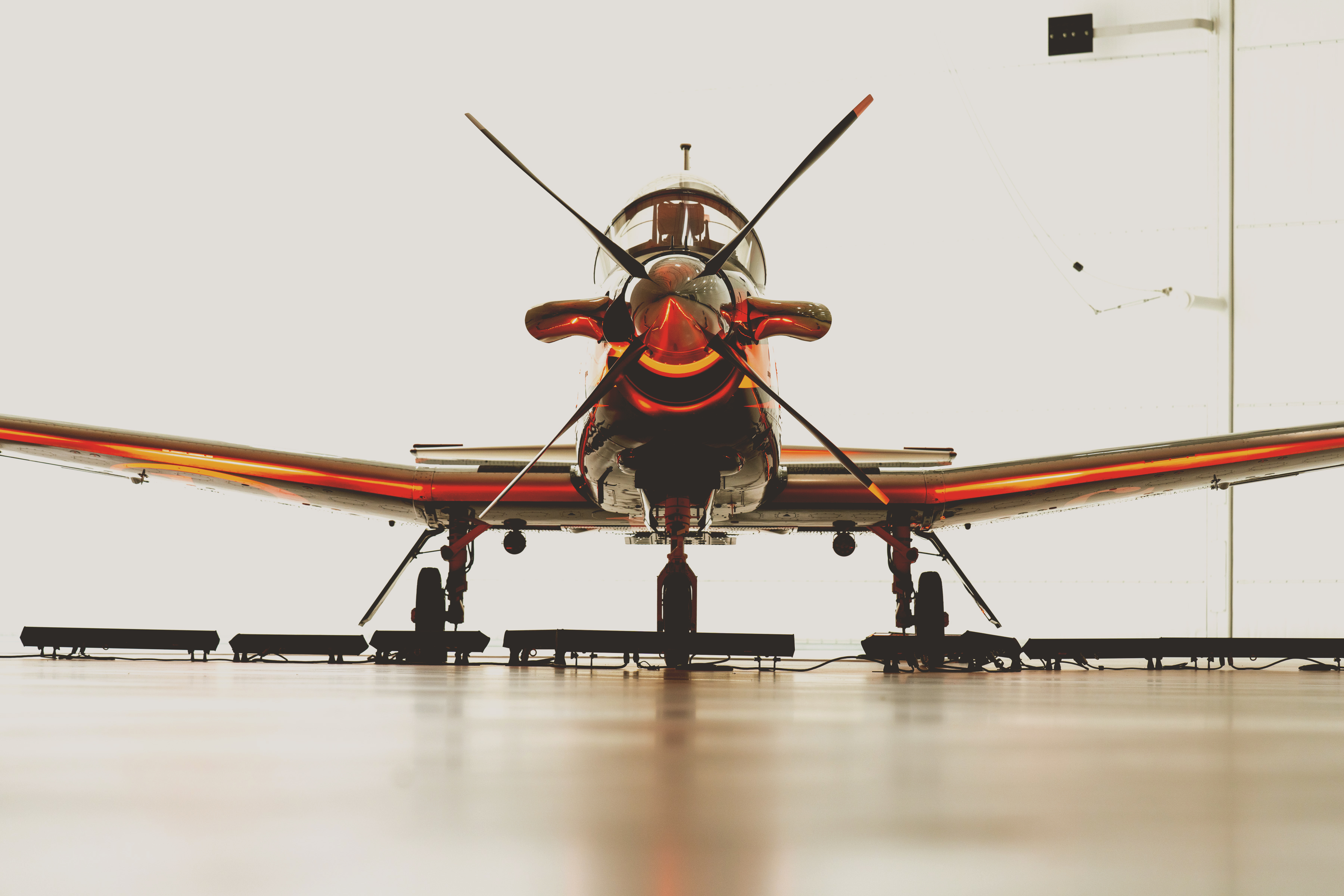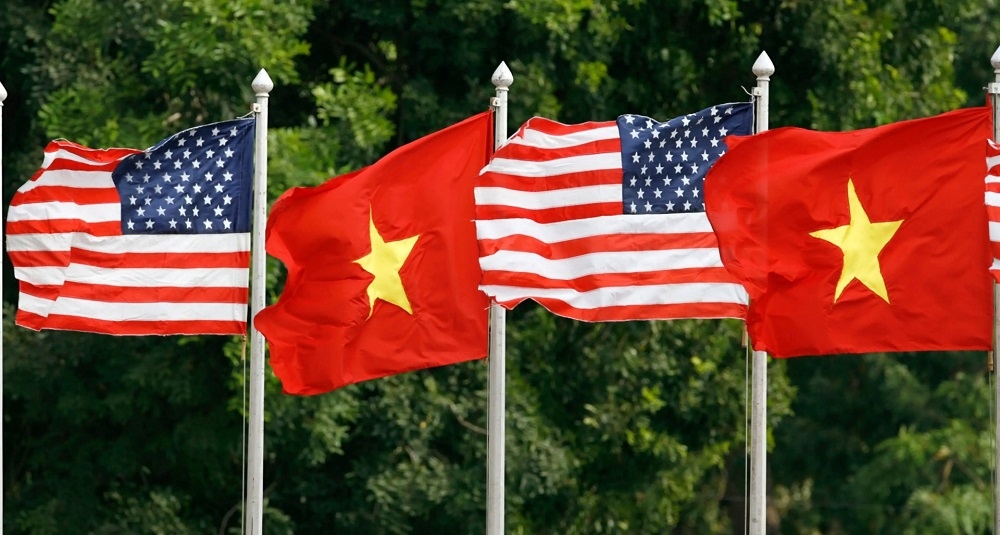The United States has made some lucrative military offers to Vietnam as it looks to wean itself off its reliance on Russian military equipment due to the sanctions imposed on Moscow’s defense industry.
The US defense companies have discussed providing military equipment, such as helicopters and drones, to Vietnam in talks with senior government officials, according to an exclusive report by Reuters.
According to the US-ASEAN Business Council, the business organization that organized the meetings, executives from US Defense contractors like Lockheed Martin (LMT.N), Boeing (BA.N), Raytheon (RTX.N), Textron (TXT.N), and IM Systems Group met with the Vietnamese officials last week on the sidelines of the nation’s first major arms fair.
According to the Reuters report, one person who attended the meetings claimed that the businesses provided a variety of military equipment and had “promising” discussions about non-lethal equipment, such as helicopters for internal security and other equipment like drones, radars, and other systems to monitor the air, the sea, and space.

A second individual familiar with the situation claimed that discussions on drones and helicopters started before the arms exhibition and included other weapons. Even though which helicopter is on offer was not specified, the US Black Hawk helicopter is widely popular in South East Asian countries.
According to US Air Force Brig, it was also reported earlier that Vietnam will begin receiving 12 Textron T-6 Texan II turboprop trainer aircraft in 2024. Gen. Sarah Russ is the mobilization assistant to the director of the strategy, plans, programs, and requirements at Headquarters Pacific Air Forces in Hawaii.
Three T-6 aircraft will be delivered to Vietnam in the first quarter of 2024, with the remainder of the shipment arriving in 2027.

Vietnam had organized its first defense expose earlier this month to reduce its reliance on Russian weapons. Since 2000, almost 80% of Vietnam’s military equipment has been provided by Russia.
Vietnam has operated Soviet-styled military systems since the beginning of the Cold War, and many of its senior military leaders have received training in the erstwhile Soviet Union. In addition, Russian equipment has been relatively cheaper than that of the West.
Another reason for Vietnam’s reliance on Russia for its military needs was the arms embargo imposed by the United States in 1984. It was only in 2016 that the embargo was lifted entirely, allowing the country to arm itself against an increasingly assertive and belligerent China in the South China Sea.
However, a war raging between Russia and Ukraine and the sanctions imposed on the Russian defense industry has again become a temptation for the Vietnamese military to diversify imports away from Moscow.
Vietnam Is Looking For Transition, But There Are Challenges
According to some analysts, Vietnam’s excessive reliance on Russian weapons has caused Hanoi to abstain from voting on UN resolutions criticizing Russia for the Ukraine War. The US could be seen as pushing its systems to counteract coercion from a strong partner like Russia, which can take advantage of Vietnam’s reliance on its bilateral defense connection.
This also fits the American Indo-Pacific strategy, as Vietnam’s military modernization is mainly aimed at deterring China, with which it has territorial disputes. In 2014, a dispute over a Chinese oil rig near the Paracel Islands led to clashes between Chinese and Vietnamese vessels and anti-China riots in Vietnam.
According to analysts, military agreements with the US may encounter several obstacles, including the possibility that human rights concerns in Washington will prevent arms sales. The extremely high cost of Western weapon systems is another issue.

Philippines-based military analyst Miguel Miranda told EurAsian Times, “When contemplating arms sales, the United States can transact with Vietnam. This isn’t too far-fetched. Vietnam does operate a variety of older US-made equipment.
Miguel added, “There are real opportunities for US defense contractors in Vietnam if any bilateral agreements are set. One bright spot is avionics as Vietnam’s military aerospace sector is proliferating, and they are very close to assembling entire airframes with subsystems.”
However, it would be fair to argue that it will be difficult to integrate their older, non-Russian equipment with their current Russian armament platforms. Even if there is a gradual phase-out, the militaries of Southeast Asia that already rely on Russian equipment would eventually need to purchase spare parts or seek hardware upgrades of existing and aging equipment that needs maintenance to operate.
Another determining factor could be tensions with China. Even though it would do well for Hanoi to upgrade its military with advanced US systems, it has some perils. Buying from Washington could frustrate China which is already growing assertive in the South China Sea with every passing day. Since Russia is also a major military partner of Beijing, it did not object to Hanoi buying from it.
Over the years, Vietnam has strengthened its military relationship with Israel and, to some extent, South Korea. Not just that, it is also reportedly considering buying the BrahMos supersonic cruise missiles from India. However, no such confirmation is forthcoming yet.
- Contact the author at sakshi.tiwari9555 (at) gmail.com
- Follow EurAsian Times on Google News




